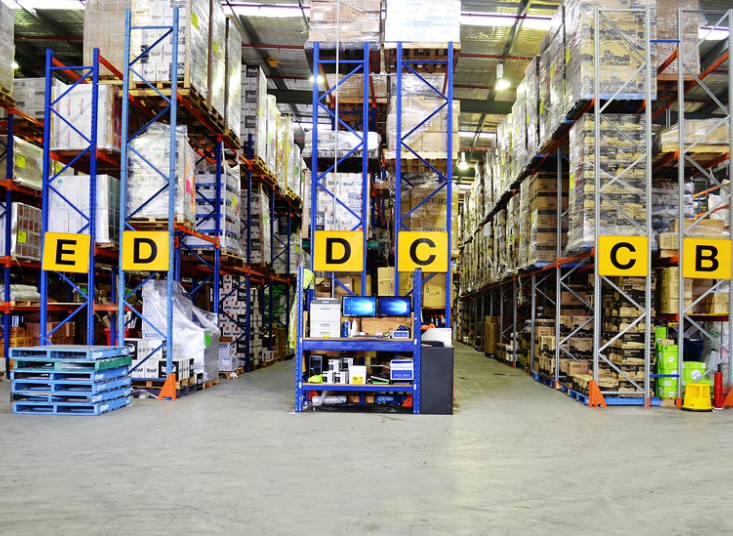Normal warehouse operations took a turn this past year as work schedules were staggered to accommodate newly mandated health precautions. Safety is always a challenge where heavy machinery and lifting are involved, but few facilities have faced the stringent and often inconvenient requirements endured through the current pandemic.
Not only has safety been prioritized as a means to keep businesses open; Covid tracking turned into a job position in many organizations.
How COVID-19 Changed Warehouse Management

Anyone reporting symptoms or encountering individuals who tested positive were instructed to quarantine at home for two weeks. During viral spikes, this practice posed many challenges for businesses to keep up with workload and remain profitable.
Dealing with Covid meant going beyond managing a health crisis. News of death rates spurred panic, panic that led to paranoia and fear.
When informed the virus could be transmitted without having any symptoms, people were consumed by fear with no way to be sure of their health (or anyone else’s) from one day to the next. An businesses had no choice but to treat every concern as though it were a positive Covid test result or exposure.
Workflow Shift
Software that facilitated remote working surged in popularity. Online meetings were conducted via internet conferencing tools like Zoom and cloud-based software offering access from any internet connected device was essential.
On a regular basis, any workflow that required close contact between employees had to be modified to enforce social distancing, a challenge for anyone working in or coming in contact with the warehouse.
Wearing masks, sanitizing one’s hands, and keeping the facilities sanitized burdened both the employer and employees. Employees were told to alternate their work days to reduce the number of individuals working together at any given time.
Other businesses implemented work at home solutions for remote communication and software management.
Cloud-based warehouse software such as SOS Inventory is accessible from any internet connected device offering business continuity for employers with many of their staff working remotely. Meetings have been conducted via Zoom, Google Meet, Team Manager, and other conferencing software to connect workers by audio and video whenever necessary.
CEOs who may never have green lighted working from home were compelled to put remote working systems in place. Many of the resistant crowd held to the belief that remote workers could not be monitored therefore there was no way to make sure they were working at home.
Freelancers have long faced this opposition and found it difficult to compete for some types of jobs. Covid has leveled the playing field for freelancers and even broadened the geographical area for hiring and being employed.
For some employees, this worked well to help them save on babysitting costs and gas and even allowed them to broaden the time of day they were available.
Machine vs. Man
Automation is already a growing trend in many warehouses across the nation. Coming up with solutions to a strained work force drove many businesses to take the next step to upgrade their systems to automate many tasks.
Automation is not practical for all business types. The cost of the machinery is a large upfront investment.
The increased speed of production and business continuity promise return on investment in the long run, but most small to medium size businesses had to find other ways to deal with the inconvenience of being short-staffed.
While facing these challenges, it becomes more difficult to manage costs. Rising costs are passed down to the consumer and during a time of financial difficulty, that’s hardly a solution for remaining competitive.
Maintaining a balance between offering the same quality at the same price while operating profitably is the sum of all difficulties warehouses faced this past year.
Demand Increase
The way consumers shopped also made a dramatic shift through the health crisis. More shoppers were driven to order products online, driving up customer expectations for rapid order processing and delivery.
Sanitizing products became difficult to find and manufacturers shifted their business models to meet the growing needs of consumers for protective equipment and cleaning products.
And the fear of shortages drove consumers to alter their shopping behavior; more of them now stock up on products for fear the store shelves will be empty if another virus variation becomes a problem.
Moving forward, most businesses are cognizant of the need to adapt quickly and have a plan in place should another health crisis arise. Some of the solutions they’ve used to solve the problem have proven effective and will continue to be used.
Technologies that deliver faster service to meet growing customer demands will help businesses survive the stiff competition. At a time when faster delivery was called for, operations were slowed. Any solutions that counteract this effect will be the ones that will relied upon by businesses working to grow in the most challenging circumstances.

